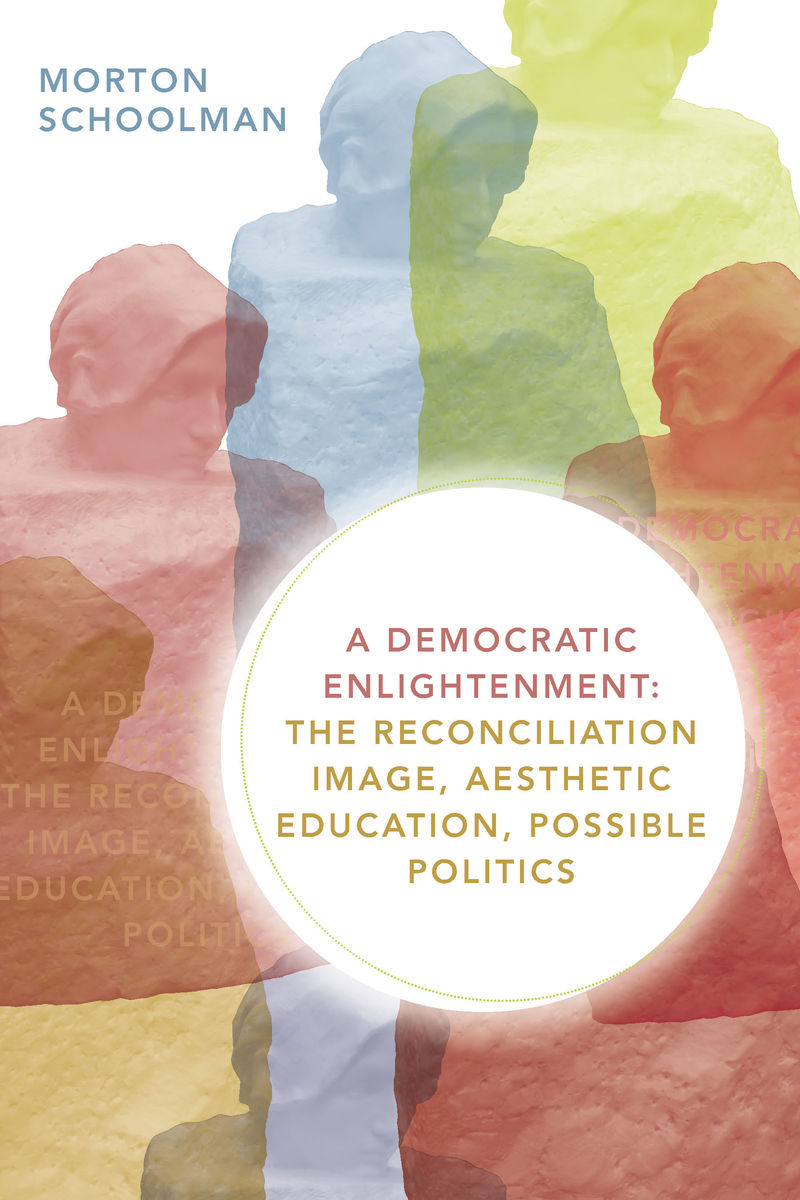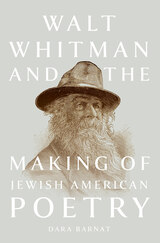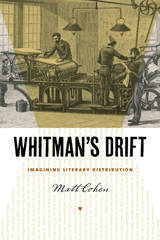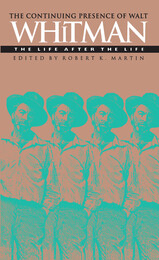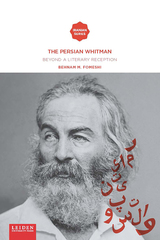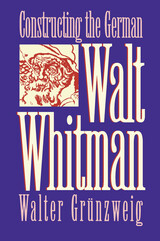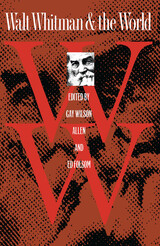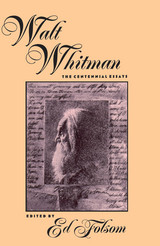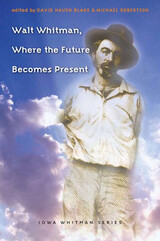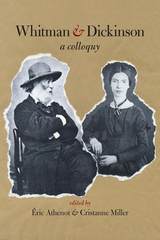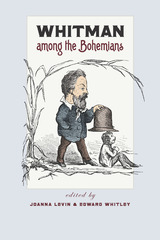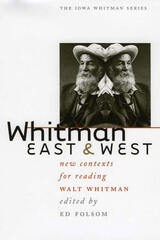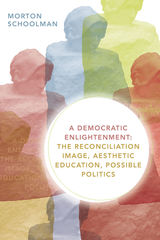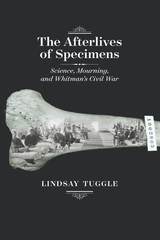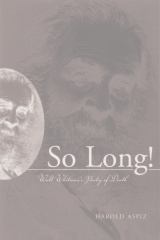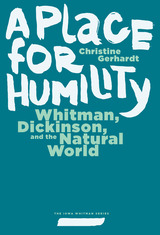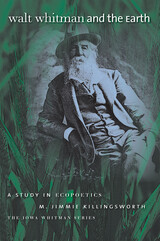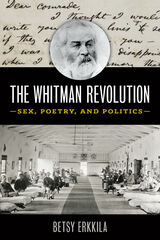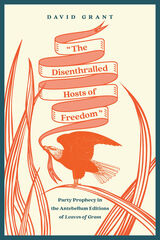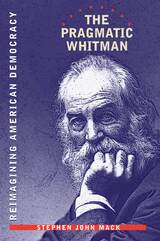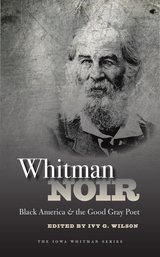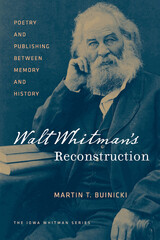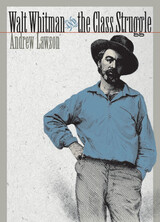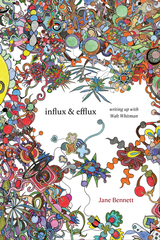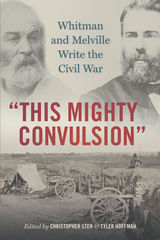A Democratic Enlightenment: The Reconciliation Image, Aesthetic Education, Possible Politics
Duke University Press, 2020
Paper: 978-1-4780-0803-3 | eISBN: 978-1-4780-0905-4 | Cloth: 978-1-4780-0765-4
Library of Congress Classification PS3242.A34S36 2020
See other books on: 1819-1892 | Adorno, Theodor W. | English | Toleration | Whitman, Walt
See other titles from Duke University Press
Paper: 978-1-4780-0803-3 | eISBN: 978-1-4780-0905-4 | Cloth: 978-1-4780-0765-4
Library of Congress Classification PS3242.A34S36 2020
ABOUT THIS BOOK | AUTHOR BIOGRAPHY | REVIEWS | TOC | REQUEST ACCESSIBLE FILE
ABOUT THIS BOOK
In A Democratic Enlightenment Morton Schoolman proposes aesthetic education through film as a way to redress the political violence inflicted on difference that society constructs as its racialized, gendered, Semitic, and sexualized other. Drawing on Voltaire, Diderot, and Schiller, Schoolman reconstructs the genealogical history of what he calls the reconciliation image—a visual model of a democratic ideal of reconciliation he then theorizes through Whitman's prose and poetry and Adorno's aesthetic theory. Analyzing The Help (2011) and Gentleman's Agreement (1947), Schoolman shows how film produces a more advanced image of reconciliation than those originally created by modernist artworks. Each film depicts violence toward racial and ethnic difference while also displaying a reconciliation image that aesthetically educates the public about how the violence of constructing difference as otherness can be overcome. Mounting a democratic enlightenment, the reconciliation image in film illuminates a possible politics for challenging the rise of nationalism's violence toward differences in all their diversity.
See other books on: 1819-1892 | Adorno, Theodor W. | English | Toleration | Whitman, Walt
See other titles from Duke University Press
